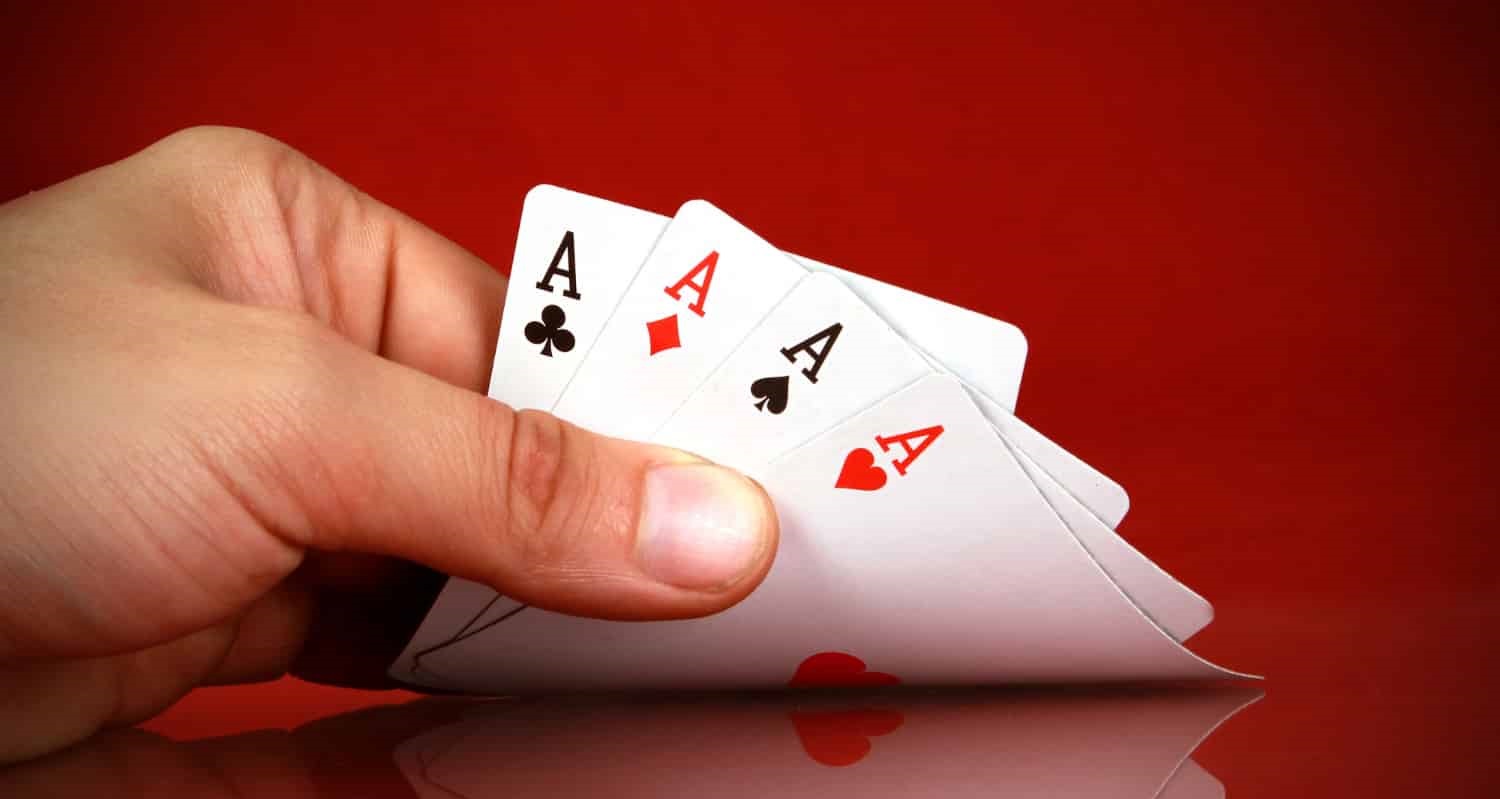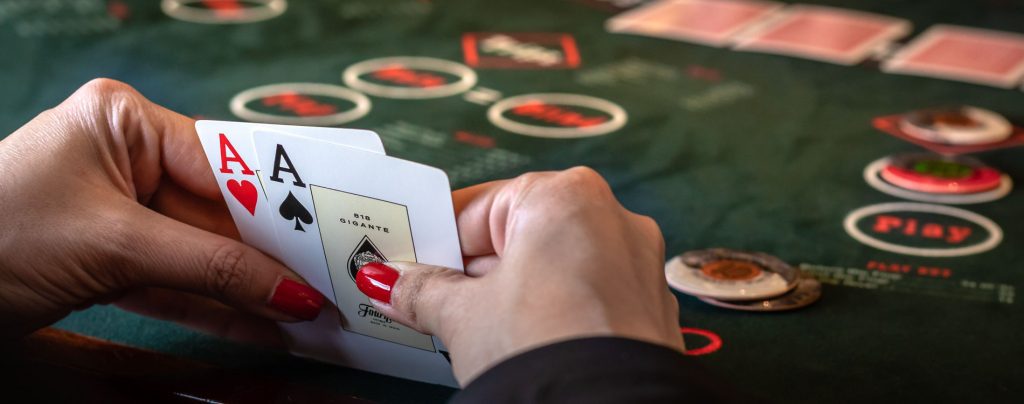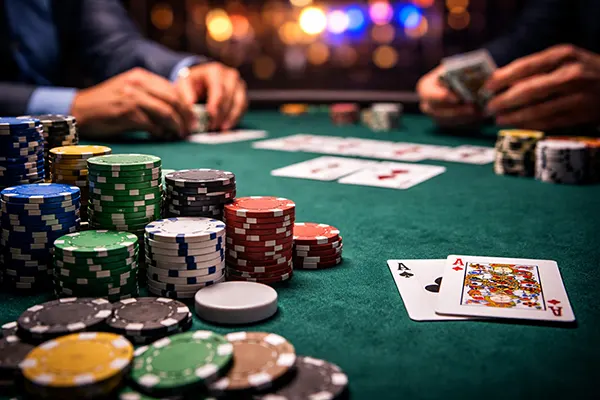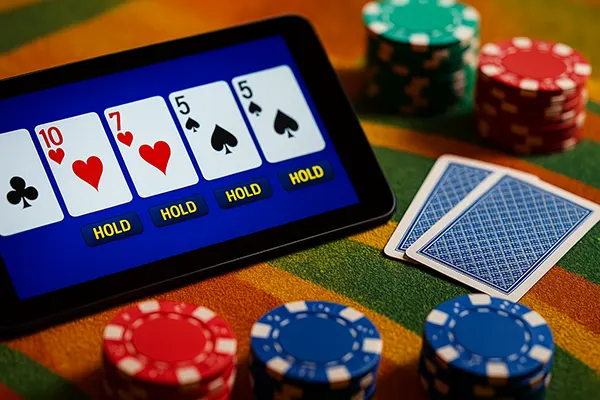
Rules for playing with deep stacks?
When choosing a poker game strategy, stack depth is always an important factor. Of course, the course of action if there are 20 or 200 stacks left will be very different. And any poker newbie is well aware of this, so you need to figure out how to correctly play with deep stacks.
Gameplay Features
A deep stack is one that includes around 200 big blinds or more. And this number has a big influence on the outcome of the game. For example, the poker player will enter the pot more often or play more actively post-flop. There is also an opportunity to bet on any street and without having to place an all-in.
In other words, the player has more options and a larger amount can be folded in one hand. That’s why in cash games, more experienced players always buy in heavily; they have more confidence in their own abilities and more room for maneuvering.
An important rule to remember: The bigger the stack, the bigger the advantage the stronger player has over the weaker one.
As for new poker players, they prefer short stacks in most cases. That way, they greatly reduce the risk of losing a lot in a single hand. In addition, it is a small, but still experience in the game.
Previously, a short stack strategy was used when a player would buy in with 20B and often play through a push-fold overflop. This strategy could be easily mastered even by a beginner, increasing even a small limit just by understanding what you can go all-in with.
The importance of position always increases the risk when playing with deep stacks. For example, if a player is out of position, after such a turn in past hands, the player bets 1500 BB on the turn. And after a stake and two players have another 300 BB. Of course, there is no understanding of how the opponent will act on the river and it will be quite a difficult choice.
And if there is a position, things will be much easier. The last word often plays a big part, and you can always analyse your opponent and understand what is the best way to respond.

Deep stacks can change hand strength
If you have an Ace and Jack in your hand, you can say it’s a good hand at 20 BB. And if there’s also a match on the flop, the opponent will just always agree to the terms, especially if he’s unsure of his strength. And even if he’s behind, he won’t lose much because of the small stack.
As for deeper stacks, there are some difficulties, you have to be more careful. The pair doesn’t look so promising anymore and you really need to decide something, because no one wants to risk a huge stack. And even if we have Jack or Ace on the board, involuntarily the player must think what if someone has two pairs or even three (set). And it would be very bad to make a deal in the first situation.
So you have to watch the hand and analyse the possible outcomes, and be very careful. That’s why novice players prefer other game strategies. But everyone has to decide for themselves what is best and what to pay attention to.



